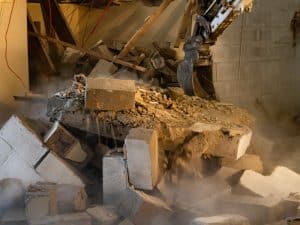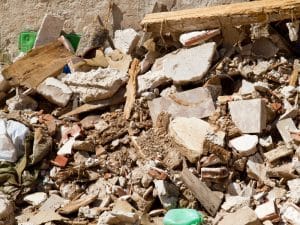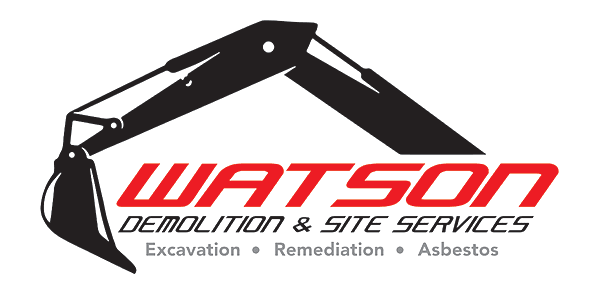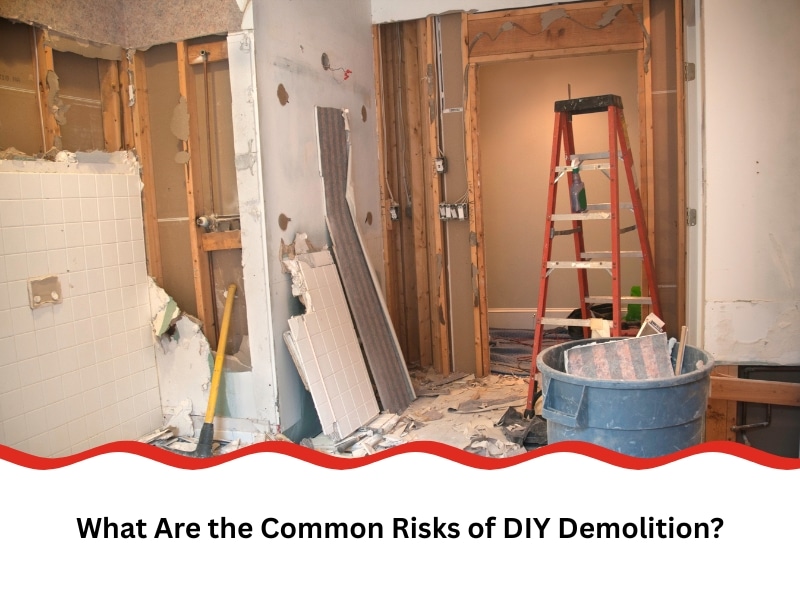Undertaking DIY demolition might seem cost-effective when tackling a home renovation project. However, this approach can come with significant risks that might not be immediately apparent. While saving on labour costs is tempting, various safety, legal, and practical considerations can make DIY demolition far riskier than hiring professionals. This article will explore the common risks involved in DIY demolition and why leaving this task to experts is essential.
Why is DIY demolition riskier than professional demolition?
Safety is the top priority in demolition. Professionals have the training, equipment, and protocols to ensure efficiency and safety, while DIY demolition often lacks these, increasing accident risks.
- Lack of proper training: Professionals have the training to handle demolition tasks safely, while DIYers may lack expertise, leading to improper techniques.
- Inadequate safety gear: Professionals use high-quality protective gear, but DIYers often neglect this, increasing injury risk.
- Handling hazardous materials: Demolition can expose hazardous materials like asbestos, which DIYers may mishandle, causing health risks.
- Structural issues: Improperly removing load-bearing components can lead to building collapse.
- Legal issues: Professionals are familiar with local regulations, whereas DIYers may overlook legal requirements.
Hiring a professional ensures that these risks are mitigated and that the project is completed in a safe, timely, and compliant manner.
What are the hazards of DIY demolition work?
While the excitement of tearing down walls or ripping up flooring might be appealing, DIY demolition comes with its fair share of hazards. Several dangers exist, from physical injury to environmental risks, before picking up that sledgehammer.
The most common hazards include:
- Flying debris: Dust and debris can pose a risk to your eyes, skin, and lungs during demolition.
- Falling from heights: Working on a roof or ladder without proper training increases the risk of falling.
- Electricity risks: DIY demolition may expose you to live electrical wires when cutting into walls or removing wires.
- Heavy lifting injuries: Moving heavy materials during demolition can cause strain or injury if not done correctly.
- Inhalation of hazardous dust: Demolition projects can release harmful dust, such as asbestos or lead particles, leading to long-term health effects of lead exposure if inhaled.

DIY demolition may seem simple, but hazards emphasise the need for professionals with the proper tools, training, and knowledge to ensure safety.
Is DIY demolition legal? What you need to know
Before you start swinging a hammer, it’s crucial to understand the legal requirements around demolition projects. In many cases, strict regulations and safety standards must be followed to ensure the job is done legally and safely.
Here’s what you need to know about the legality of DIY demolition:
- Permits and approvals: Most local councils require permits for structural demolition. DIYers may not be aware, risking fines or delays.
- Asbestos handling regulations: Asbestos removal is highly regulated in Australia. A licensed professional must handle the removal.
- Waste disposal laws: Demolition waste, such as bricks, concrete, and timber, must be disposed of properly. DIYers may not know the correct disposal methods.
- Building code compliance: Demolition must meet Australian building codes. DIY work can lead to code violations, resulting in fines or costly rework.
In conclusion, DIY demolition can be illegal if it doesn’t comply with local laws, especially concerning hazardous materials and waste disposal. It’s essential to check regulations before you start.
When is DIY demolition a bad idea?
Some demolition situations require extra caution, and DIY is often not recommended due to the associated risks. Below is a summary of key considerations for professional demolition versus DIY.
Factors | Consideration | Impact |
Structural complexity | Old/modified buildings | Requires expertise |
Hazardous materials | Asbestos, lead paint, mould | Specialized handling needed |
Lack of tools | Expensive or dangerous equipment | Proper training required |
Local laws | Permits, zoning laws | Legal knowledge necessary |
Neighbouring properties | Impact on surrounding structures | Potential legal issues |
DIY demolition may seem appealing, but specific tasks should be left to experts. Recognising risks and knowing when to call professionals helps prevent future issues.
Which risks are overlooked most often in DIY demolition projects?
When homeowners tackle DIY demolition, certain risks often go unnoticed or ignored until they cause serious problems. Here are some of the most commonly overlooked risks:
- Structural instability: Removing the wrong walls or supports can compromise the building’s integrity, leading to collapse or significant damage.
- Undetected hazardous materials: Asbestos, lead, and mould can be hidden in walls, ceilings, or floors. DIYers often fail to identify these hazards before starting work.
- Improper hazardous waste disposal: Certain demolition materials, like asbestos or chemicals, require specific handling and safe hazardous waste disposal in demolition. Failing to do so can lead to fines and health risks.

- Inadequate safety measures: DIYers often skip important safety steps, such as wearing protective gear or using safe demolition techniques.
- Unforeseen costs: DIY demolition can result in hidden fees, like the need for professional repair or waste removal services, which can add up quickly.
DIY demolition projects can cause more harm than good if they overlook these common risks. It’s always better to be cautious and hire experienced professionals who understand the complexities.
What are the consequences of improper waste disposal during demolition?
Proper waste disposal is an essential part of any demolition project. Failing to dispose of demolition waste correctly can lead to a range of negative consequences, including:
- Environmental harm: Improper disposal of hazardous materials can pollute soil, water, and air, causing long-term ecological damage. Proper waste segregation matters in demolition projects.
- Fines and penalties: Local councils enforce strict waste disposal regulations, and improper disposal can result in significant penalties.
- Health risks: Hazardous materials such as asbestos or chemicals can pose serious health risks if not disposed of properly.
- Additional costs: Failure to dispose of waste correctly can result in extra costs for cleanup, fines, and legal fees.
To avoid these issues, it’s best to rely on professional demolition companies that adhere to local waste disposal regulations and ensure everything is handled safely and legally.
How does improper demolition affect property value?
When demolition is done incorrectly, it can significantly impact the property’s overall value. Some ways improper demolition can lower property value include:
- Structural damage: Incorrect demolition can lead to major structural problems, which can be costly to repair and devalue the property.
- Code violations: If the demolition doesn’t meet building codes, it can result in legal and financial issues that affect the property’s marketability.
- Poor aesthetics: DIY demolition often leaves visible damage or unfinished areas that make the property less appealing to potential buyers.
- Environmental concerns: Improper disposal of hazardous materials can lead to contamination, making the property harder to sell.
Professionals provide safe and reliable demolition solutions, ensuring the work is done correctly, maintaining the property’s value, and protecting your investment.
Conclusion
While DIY demolition might seem like a good idea for saving money, it’s clear that the risks involved far outweigh any potential benefits. From safety hazards to legal complications, improper demolition can lead to significant problems. Leaving demolition projects to the experts is always best for a safer, more efficient approach.
Need reliable demolition or site work? Find out how Watson Demolition & Site Services can help you do the job right.

